My Favourite Painting: Clare Moriarty
Clare Moriarty of Citizens Advice pushes the boundaries of our feature by choosing not a painting, but a sculpture. Or rather, a series of thousands of sculptures: Anthony Gormley's 'Field for the British Isles'.
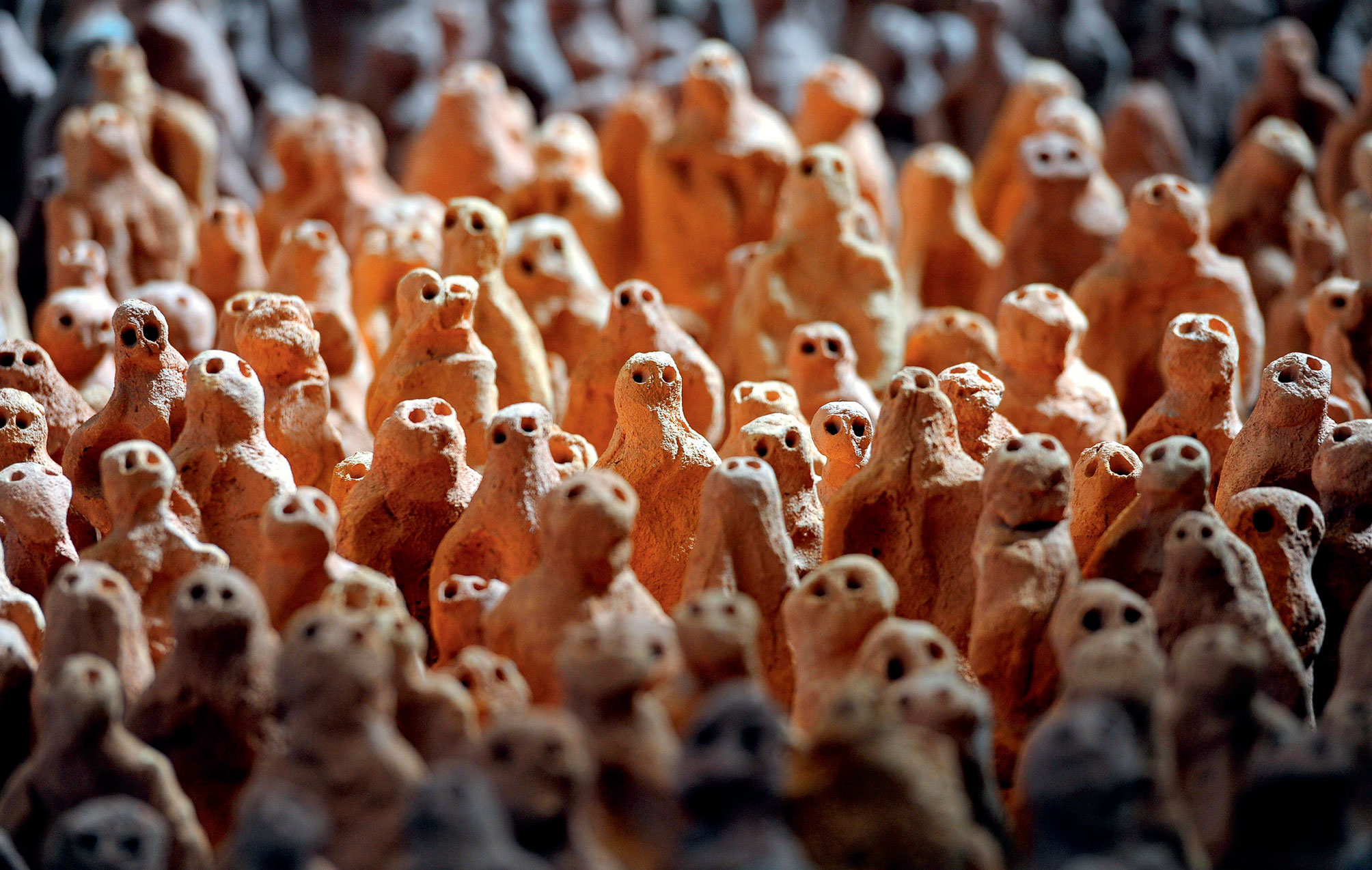
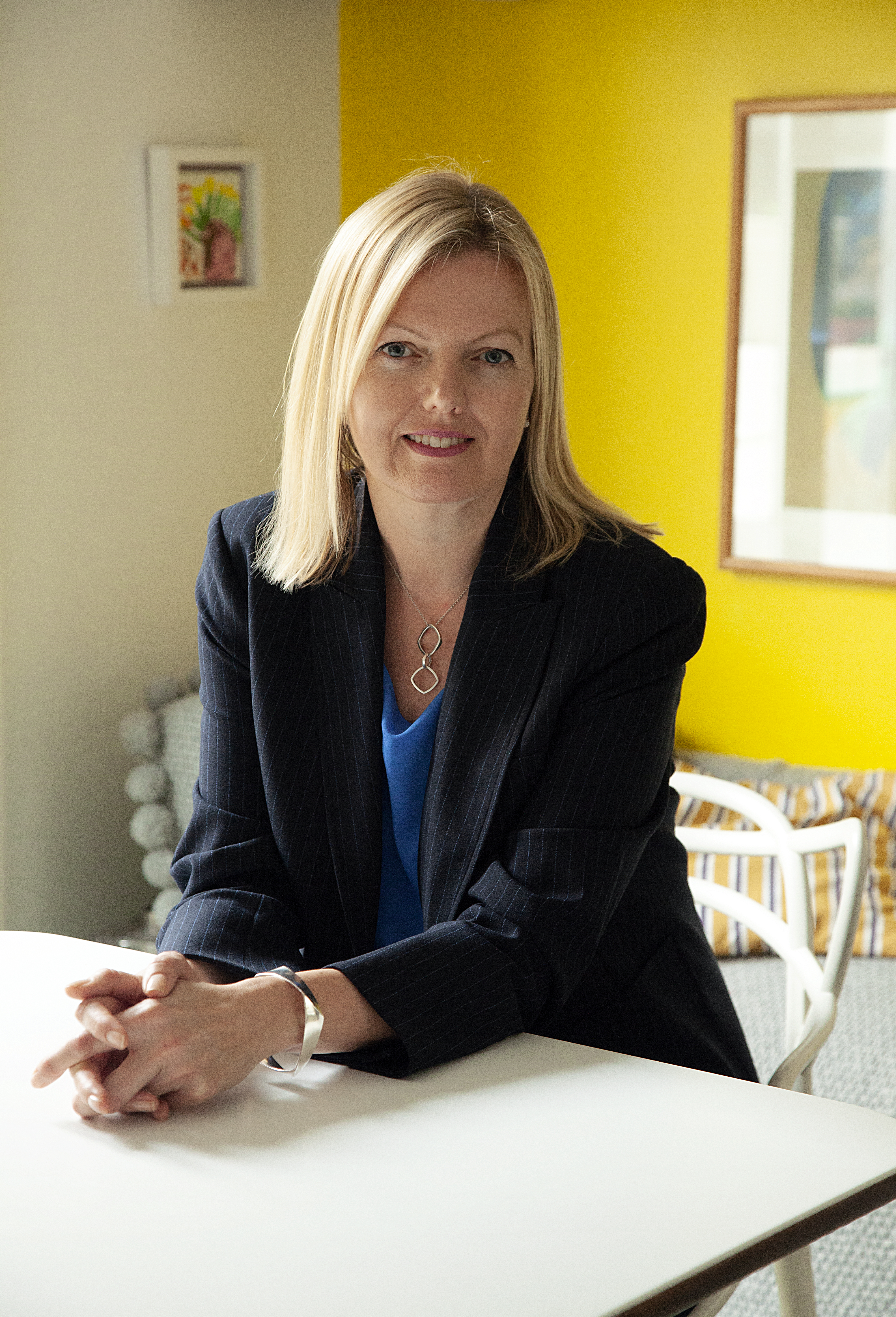
Clare Moriarty on Field for the British Isles by Antony Gormley
‘I was captivated by this work when I encountered it in Dublin in 1994 — its second-ever installation — and made a point of revisiting it in London nearly 10 years later. I love its scale and variation, the way it fills space and how it speaks of connection, people and place. It’s rooted in the Merseyside community that produced the figures, but is not constrained by those roots.
‘Each installation is the same Field and also different — unique to its location, connected to the first Field and to Antony Gormley’s other Fields, created across the world from Sweden to Brazil to China’
Clare Moriarty is the chief executive of Citizens Advice and a former British civil servant.
Charlotte Mullins comments on Field for the British Isles
Stretching across the floor as far as the eye can see are tiny clay figures. They stand no taller than a ruler, their knobbly bodies topped by simplified heads, two close-set eyes peering up at you. Each of the 40,000 figures looks your way, expectant, questioning, crowding together to form a single work of art: Antony Gormley’s Field for the British Isles.
Since 1993, Field has been exhibited across the British Isles, from Colchester and Salisbury to Gateshead and Dublin. Each installation alters the arrangement of figures, but they always fill the entire gallery space, the viewer pushed out and only able to marvel at them from the sidelines. Made from the earth’s clay, these figures connect to our ancestors and those yet to be born and ask us to take collective responsibility for the world we live in.
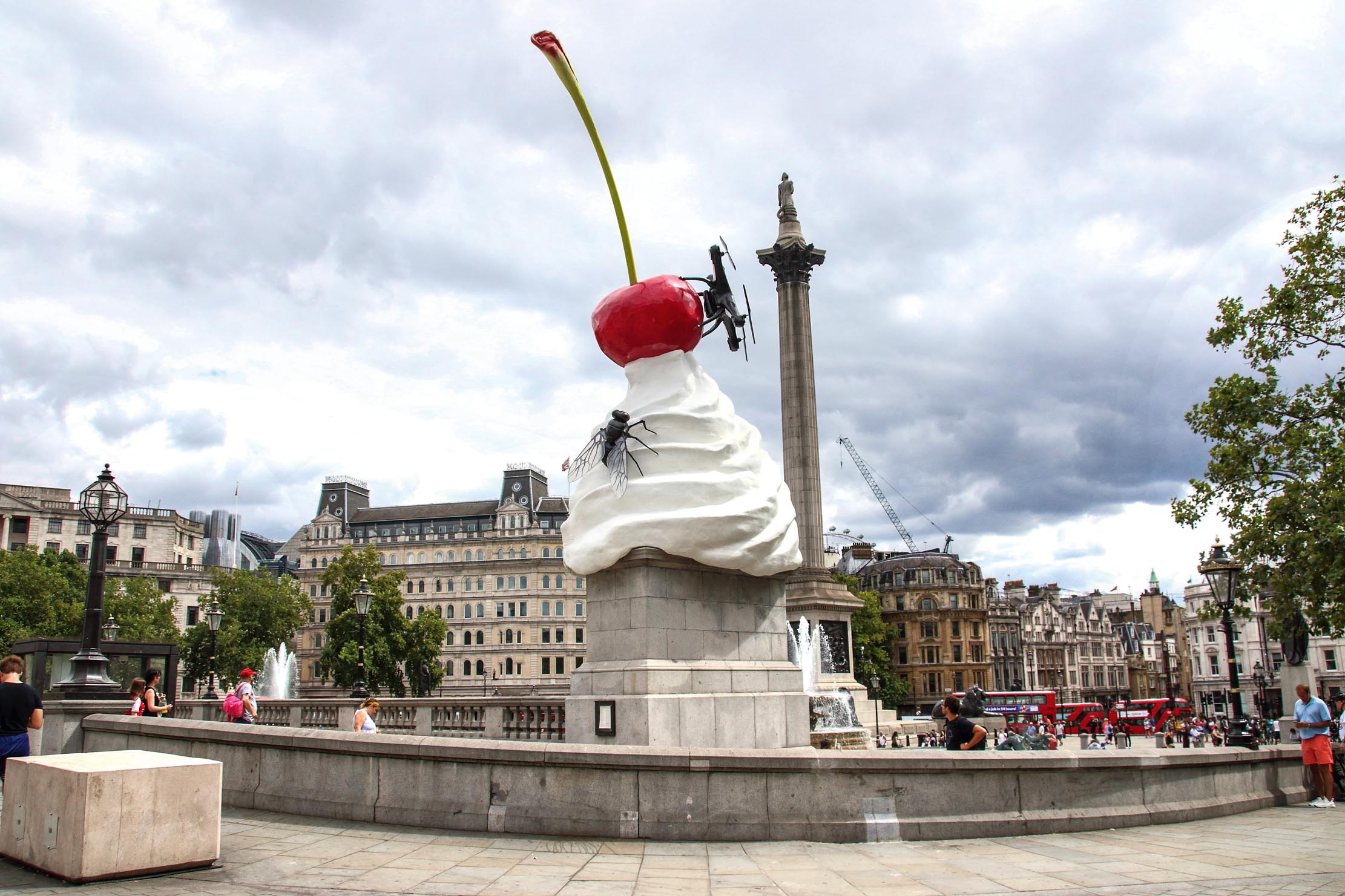
In Focus: The art that has broken out of London's galleries and made it onto the street
Art is breaking free from the traditional gallery and its emergence on our streets and in our parks is changing
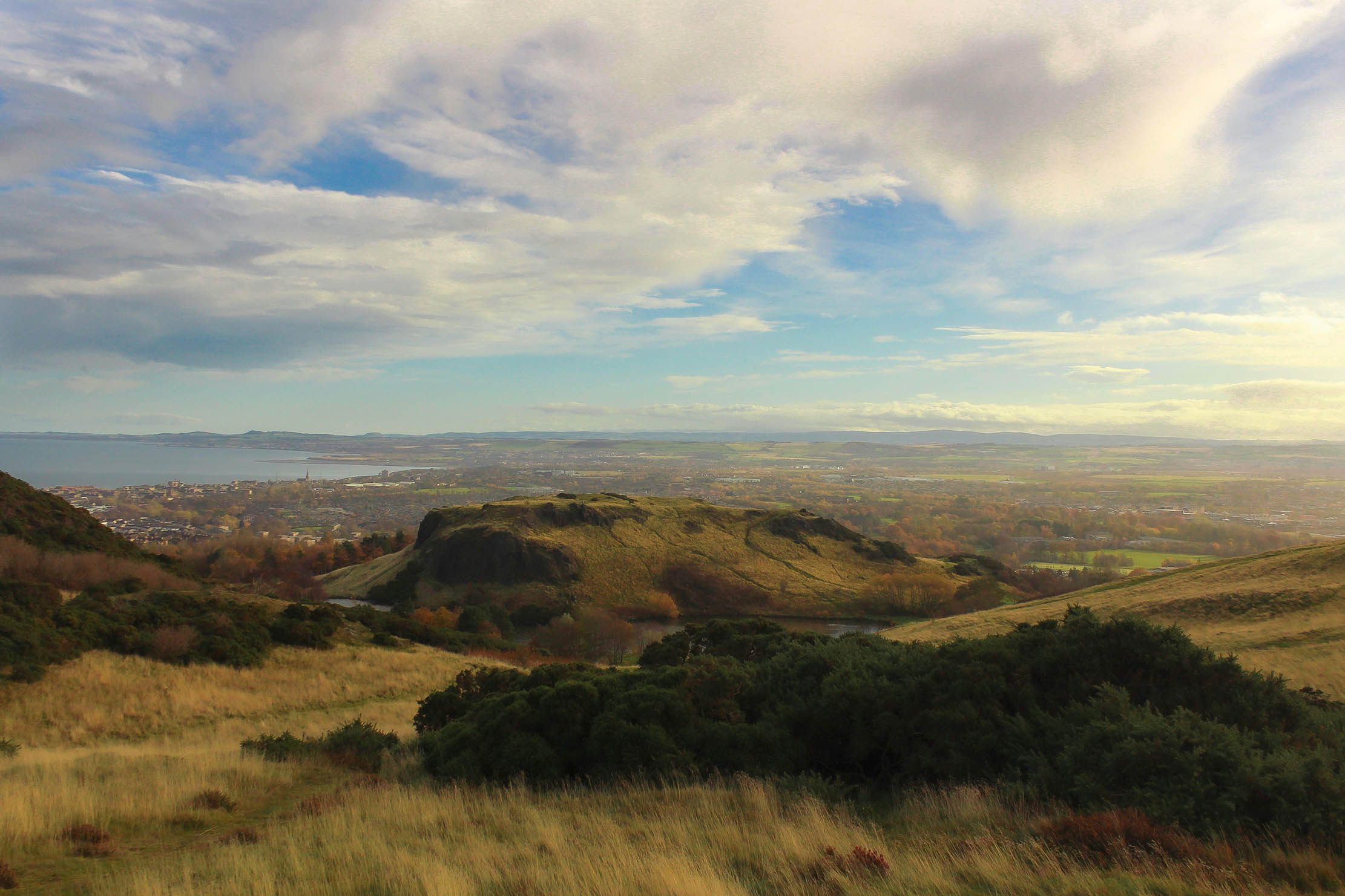
The wonder of walking in Edinburgh: 'What an extraordinary city this is!'
Fiona Reynolds takes a long walk across the Scottish capital and sees it in a new light.
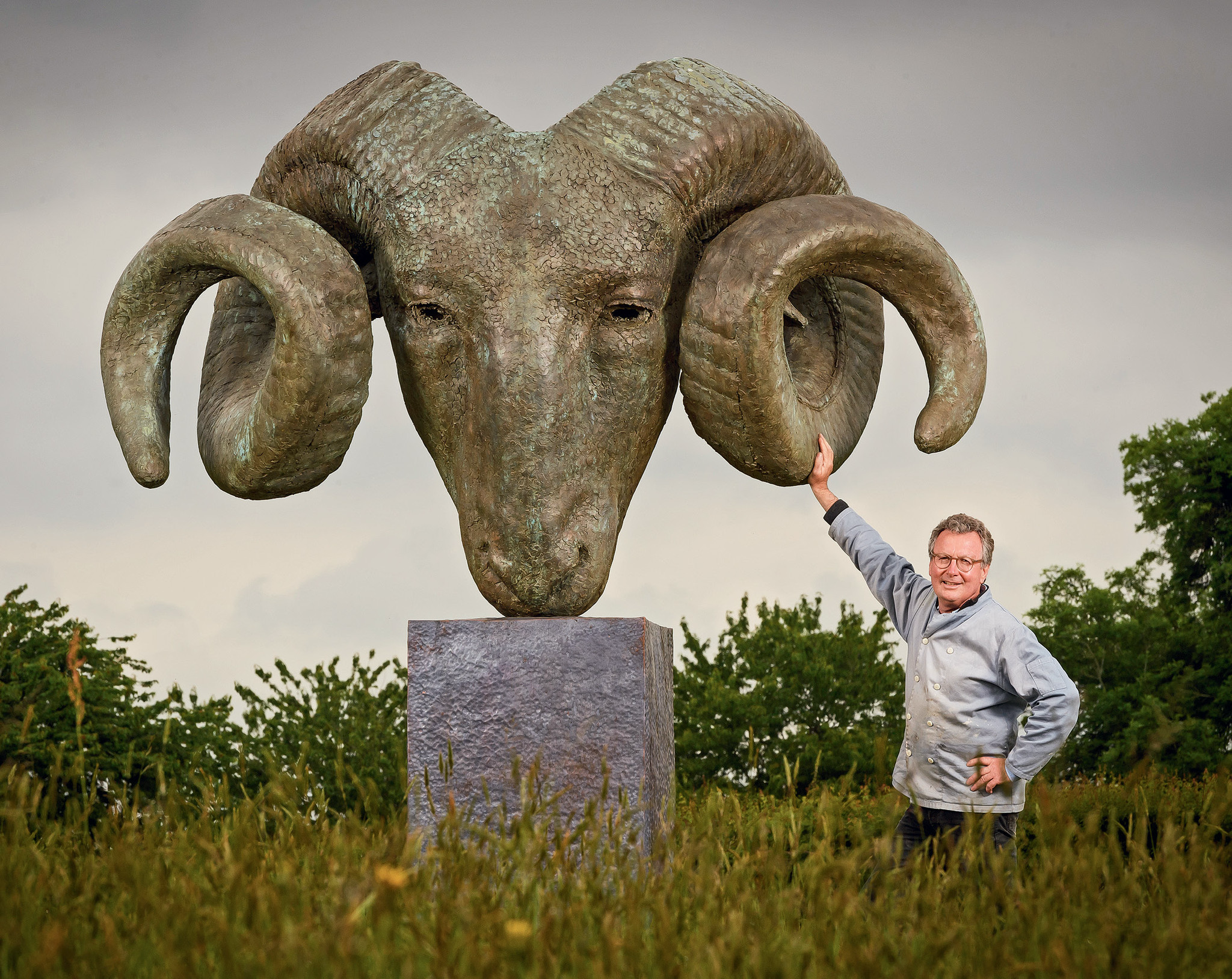
The extraordinary new wave of garden sculpture — and how to commission one of your own
A talking point that can inspire passions and transform a landscape, large-scale sculpture is increasingly valued by modern collectors. Anna
Sign up for the Country Life Newsletter
Exquisite houses, the beauty of Nature, and how to get the most from your life, straight to your inbox.

Charlotte Mullins is an art critic, writer and broadcaster. Her latest book, The Art Isles: A 15,000 year story of art in the British Isles, will be published by Yale University Press in October 2025.
-
 'Monolithic, multi-layered and quite, quite magnificent. This was love at first bite': Tom Parker Bowles on his lifelong love affair with lasagne
'Monolithic, multi-layered and quite, quite magnificent. This was love at first bite': Tom Parker Bowles on his lifelong love affair with lasagneAn upwardly mobile spaghetti Bolognese, lasagne al forno, with oozing béchamel and layered meaty magnificence, is a bona fide comfort classic, declares Tom Parker Bowles.
By Tom Parker Bowles
-
 Country houses, cream teas and Baywatch: Country Life Quiz of the Day, April 24, 2025
Country houses, cream teas and Baywatch: Country Life Quiz of the Day, April 24, 2025Thursday's Quiz of the Day asks exactly how popular Baywatch became.
By Toby Keel
-
 'As a child I wanted to snuggle up with the dogs and be part of it': Alexia Robinson chooses her favourite painting
'As a child I wanted to snuggle up with the dogs and be part of it': Alexia Robinson chooses her favourite paintingAlexia Robinson, founder of Love British Food, chooses an Edwin Landseer classic.
By Charlotte Mullins
-
 The Pre-Raphaelite painter who swapped 'willowy, nubile women' for stained glass — and created some of the best examples in Britain
The Pre-Raphaelite painter who swapped 'willowy, nubile women' for stained glass — and created some of the best examples in BritainThe painter Edward Burne-Jones turned from paint to glass for much of his career. James Hughes, director of the Victorian Society, chooses a glass masterpiece by Burne-Jones as his favourite 'painting'.
By Charlotte Mullins
-
 'I can’t look away. I’m captivated': The painter who takes years over each portrait, with the only guarantee being that it won't look like the subject
'I can’t look away. I’m captivated': The painter who takes years over each portrait, with the only guarantee being that it won't look like the subjectFor Country Life's My Favourite Painting slot, the writer Emily Howes chooses a work by a daring and challenging artist: Frank Auerbach.
By Toby Keel
-
 My Favourite Painting: Rob Houchen
My Favourite Painting: Rob HouchenThe actor Rob Houchen chooses a bold and challenging Egon Schiele work.
By Charlotte Mullins
-
 My Favourite Painting: Jeremy Clarkson
My Favourite Painting: Jeremy Clarkson'That's why this is my favourite painting. Because it invites you to imagine'
By Charlotte Mullins
-
 The chair of the National Gallery names his favourite from among the 2,300 masterpieces — and it will come as a bit of a shock
The chair of the National Gallery names his favourite from among the 2,300 masterpieces — and it will come as a bit of a shockAs the National Gallery turns 200, the chair of its board of trustees, John Booth, chooses his favourite painting.
By Toby Keel
-
 'A wonderful reminder of what the countryside could and should be': The 200-year-old watercolour of a world fast disappearing
'A wonderful reminder of what the countryside could and should be': The 200-year-old watercolour of a world fast disappearingChristopher Price of the Rare Breed Survival Trust on the bucolic beauty of The Magic Apple Tree by Samuel Palmer, which he nominates as his favourite painting.
By Charlotte Mullins
-
 My favourite painting: Andrew Graham-Dixon
My favourite painting: Andrew Graham-Dixon'Lesson Number One: it’s the pictures that baffle and tantalise you that stay in the mind forever .'
By Country Life